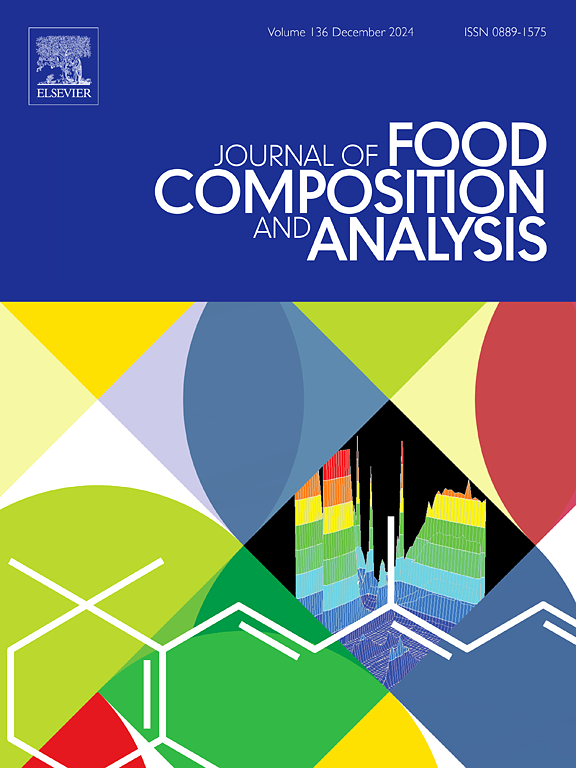Microplastics contamination in carbonated beverage: An emerging threat to human health in Bangladesh
IF 4
2区 农林科学
Q2 CHEMISTRY, APPLIED
引用次数: 0
Abstract
The presence of microplastics (MPs) in food items is a global concern due to their potential risks to human health and food security. The occurrence of MPs in Bangladeshi carbonated beverage samples is currently unreported. This study aimed to identify and quantify MP contamination in popular Bangladeshi carbonated beverage. MPs were visually examined using a stereomicroscope, confirming their presence in all 11 analyzed beverage brands. Notably, beverages stored in glass bottles contained the highest concentration of MPs (151 ± 14 particles/L), followed by cans (134 ± 14 particles/L) and PET bottles (95 ± 35 particles/L). Fourier transform infrared (FTIR) spectroscopy revealed that the polymers found in the beverage samples were polyethylene terephthalate (PET), polypropylene (PP), and high-density polyethylene (HDPE), where PP was almost 89.3 %. The Scanning Electron Microscope (SEM) identified the fragmented surfaces of MPs. Compared with the lowest concentration, the microplastic contamination factor (MPCF) was remarkably higher in Bangladesh than in other countries. The estimated intake (EI) of MPs from beverages was 855 particles/individual/year or 427.56 µg/individual/year. This study highlights significant MP contamination in Bangladeshi carbonated beverages, underscoring the urgent need for further research, enhanced consumer awareness, and stricter regulatory enforcement to mitigate potential health risks.
求助全文
约1分钟内获得全文
求助全文
来源期刊

Journal of Food Composition and Analysis
工程技术-食品科技
CiteScore
6.20
自引率
11.60%
发文量
601
审稿时长
53 days
期刊介绍:
The Journal of Food Composition and Analysis publishes manuscripts on scientific aspects of data on the chemical composition of human foods, with particular emphasis on actual data on composition of foods; analytical methods; studies on the manipulation, storage, distribution and use of food composition data; and studies on the statistics, use and distribution of such data and data systems. The Journal''s basis is nutrient composition, with increasing emphasis on bioactive non-nutrient and anti-nutrient components. Papers must provide sufficient description of the food samples, analytical methods, quality control procedures and statistical treatments of the data to permit the end users of the food composition data to evaluate the appropriateness of such data in their projects.
The Journal does not publish papers on: microbiological compounds; sensory quality; aromatics/volatiles in food and wine; essential oils; organoleptic characteristics of food; physical properties; or clinical papers and pharmacology-related papers.
 求助内容:
求助内容: 应助结果提醒方式:
应助结果提醒方式:


